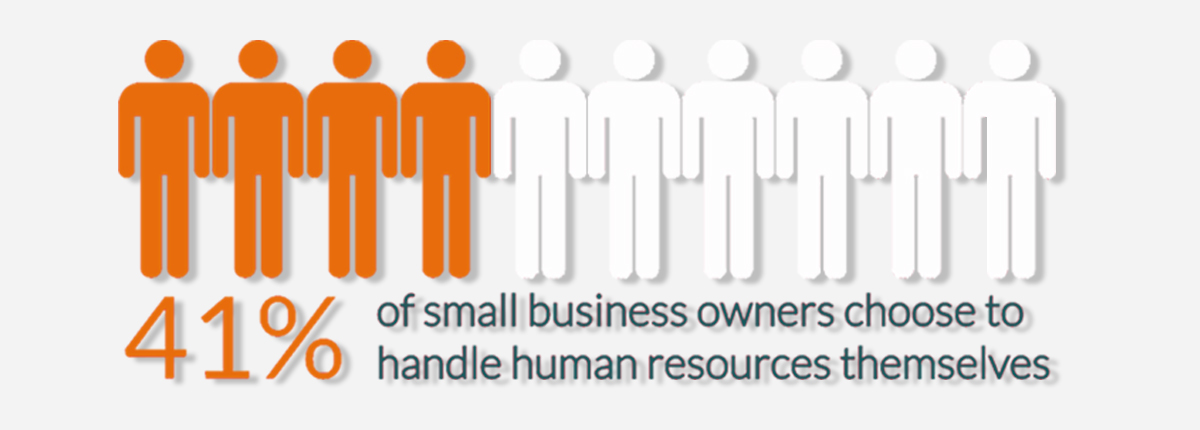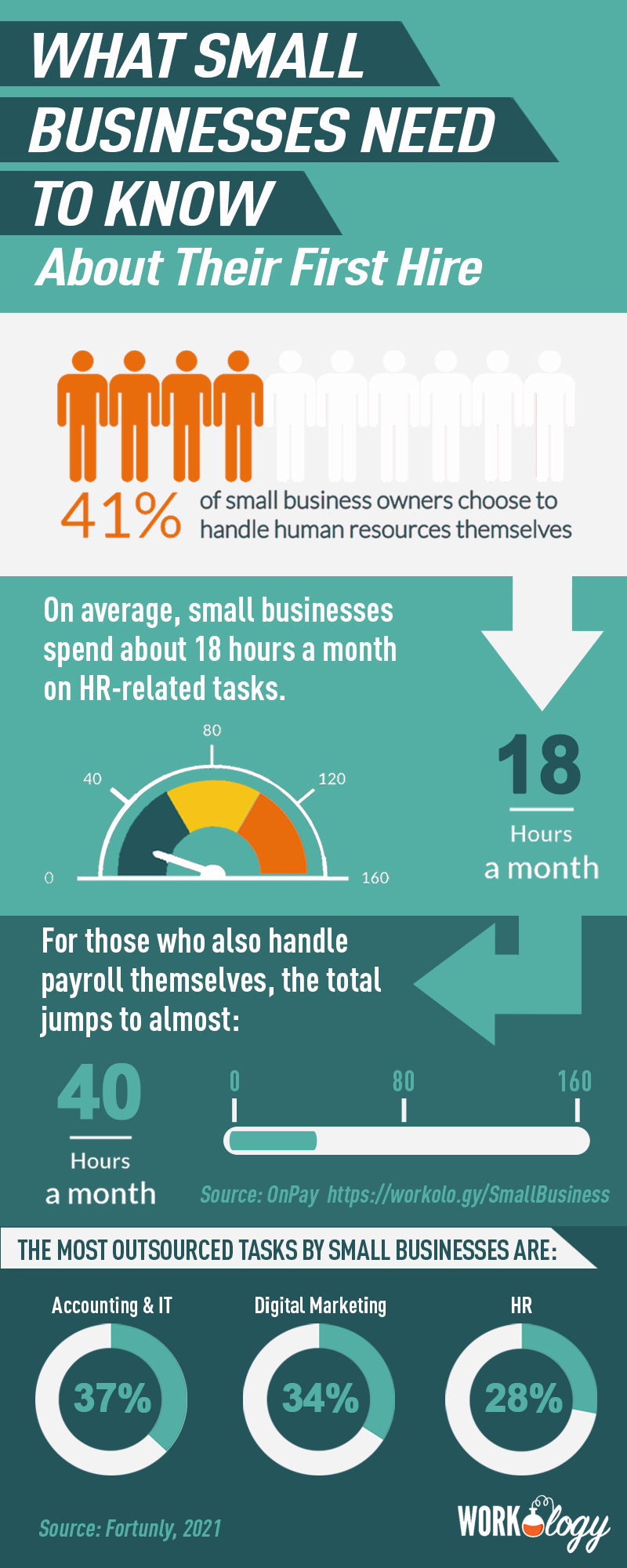A human resources department is a critical component of employee well-being in any business, no matter how small. HR responsibilities include payroll, benefits, hiring, firing, and keeping up to date with state and federal tax laws. Whether your company’s HR is a department of one or a small team, it’s important to ensure your employees have access to internal resources to ask questions, raise concerns, and express their views on how your workplace could be improved.
Your First Hire: What Small Business Needs to Know About HR
Building your HR team from the ground up as your company grows is one of the best ways that HR leaders can create and amplify an employer brand, starting with candidate experience all the way through your employee lifecycle.
Here are five key areas to focus on when developing your first HR team and strategy:
1) Job description and job requirements. Make sure you cover the key skills required for the role and the responsibilities involved, along with what tasks are required and what success in the position looks like. It’s crucial that the wording clear and fair and avoids anything that could be construed as discrimination against a certain group of people.
2) New hire paperwork such as an offer letter. These things can be accomplished through documenting your new hire onboarding process, using a checklist, for example, to ensure nothing slips through the cracks. Your HR team can create new employee packets (print folders or online) that include an employee handbook, W-4, I-9, formal offer letter, important company facts, links to internal company resources, and a complete overview of benefits. If you’re hiring freelancers, you’ll need many of the same documents, but the tax papers will be different. For example, you’ll need a Form W-9 and 1099-MISC. The taxes on 1099 income will be calculated differently and aren’t the employer’s responsibility.
3) I-9 and tax paperwork. The I-9 is the federal government form which identifies and verifies all employees. The 1-9 indicates that the employees are eligible to work in the U.S. and is proof that all of your employees are working above the table. A W-4 form is completed by the employee and used by employers to calculate how much income tax to withhold. These must be completed by every employee and should be part of your new hire welcome packet.
4) Payroll processes. If you’re not outsourcing payroll, it’s important to understand employee classification (full-time, part-time, contract, contract-to-hire, exempt and non-exempt) to ensure compliance. There are also specific requirements for overtime pay, bonus pay, and the amount of wages and standards for workers under a certain age. Have a system in place to ensure you’re following all federal and state laws and to keep up-to-date on any changes that will affect how you manage your payroll. Consider using a calculator to calculate your payroll taxes by state the next time you’re filling out payroll paperwork. Implementing payroll software can simplify this process and help you effortlessly generate accurate pay stubs for your employees while ensuring compliance with federal and state laws.
5) Basic recruiting requirements like interviewing. Compared to large companies, small businesses have small recruiting budgets and little or no brand recognition, so it’s hard to recruit top people. For small businesses, one bad hire could have a big impact on your bottom line. Ensure your HR team and hiring managers are trained on how to conduct interviews, as well as screening candidates, candidate communication, and what they can legally ask (and not ask).
Smaller companies have to get creative with candidate outreach, so consider setting up an employee referral program and getting plugged in to online networks in your industry where top talent spends their time.












One Comment
Really helpful down to the ground, happy to read such a useful post. I got a lot of information through it and I will surely keep it in my mind. Keep sharing.
Comments are closed.